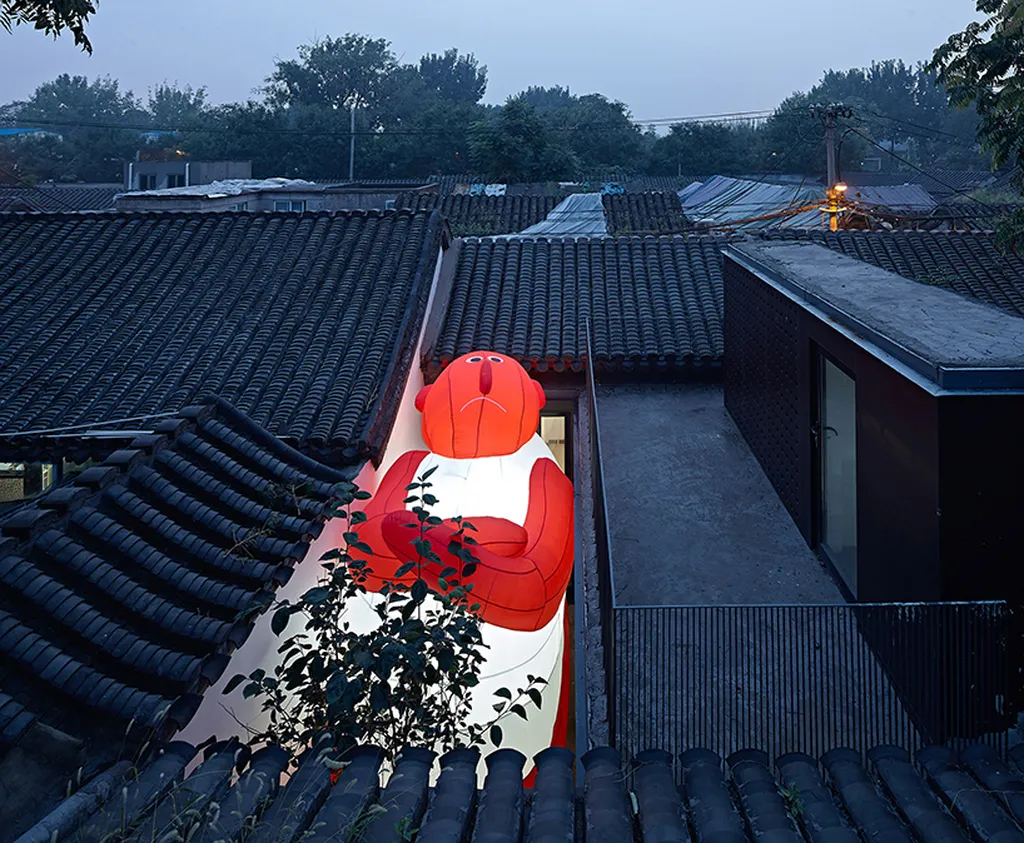In the heart of Beijing, where ancient hutongs crisscross and history breathes through narrow alleyways, a modern challenge unfolds: how to regenerate these traditional neighborhoods without losing their soul. Sisi Liang, an architect from Tsinghua University, has tackled this dilemma head-on, blending international green assessment tools with local context to create a flexible framework for sustainable urban regeneration. Her work, published in *Fengjing Yuanlin* (which translates to *Landscape and Forest*), offers a compelling roadmap for cities worldwide grappling with similar issues.
Liang’s research focuses on a critical gap in urban regeneration: applying green assessment systems, like BREEAM-Communities and LEED-ND, to traditional neighborhoods rather than just new developments. These areas, often characterized by high density, fragmented property rights, and aging infrastructure, present unique challenges. “The key is to balance cultural heritage preservation with contemporary demands for livability, environmental performance, and low-carbon development,” Liang explains.
Her solution? A dual-dimensional “goal – process” framework that integrates environmental, social, and economic sustainability (the United Nations’ “3E” principle) with a full-cycle approach covering planning, construction, and management. This isn’t just theory—Liang applied her framework to Beijing’s traditional neighborhoods, conducting field surveys, spatial data analysis, and stakeholder interviews to refine it into a specialized tool.
The results are promising. Liang’s framework identifies key priorities like density optimization, functional mix, public space enhancement, and resilience building. It also reveals innovative pathways, such as using algorithms to measure residents’ visual perception of greenery or quantifying divergent demands through text-mining and spatial modeling. “We’re not just ticking boxes,” Liang says. “We’re creating a flexible, problem-oriented strategy matrix that can adapt to diverse contexts.”
For the energy sector, this research opens doors to commercial opportunities. By integrating energy efficiency into regeneration strategies—such as mixed-use design and underground space development—cities can reduce carbon footprints while enhancing livability. Liang’s framework provides a scalable, evidence-based approach to guide these transformations, making it a valuable tool for policymakers, designers, and investors alike.
Beyond Beijing, Liang’s work offers a replicable methodological process—diagnosis, prioritization, and adaptation—that can be applied to other historic urban areas. It’s a testament to how global frameworks can be localized to address the complexities of heritage-based urban regeneration. As Liang puts it, “We’re enriching the toolkit for sustainable neighborhood regeneration, not just in China, but for cities worldwide.”
Looking ahead, Liang envisions further integration of carbon accounting, resilience modeling, and digital twin technologies to enhance dynamic evaluation. Her research underscores the potential of adaptive, context-sensitive strategies in shaping the future of urban regeneration—a future where sustainability and heritage coexist harmoniously.

